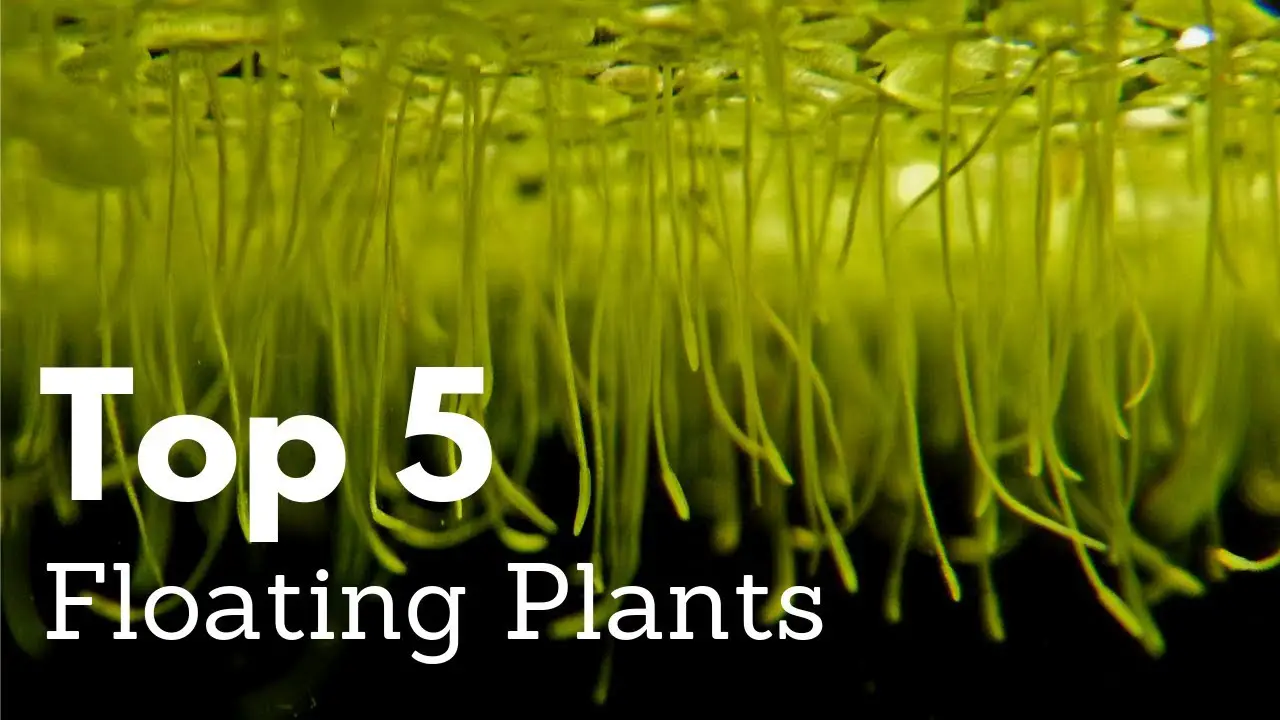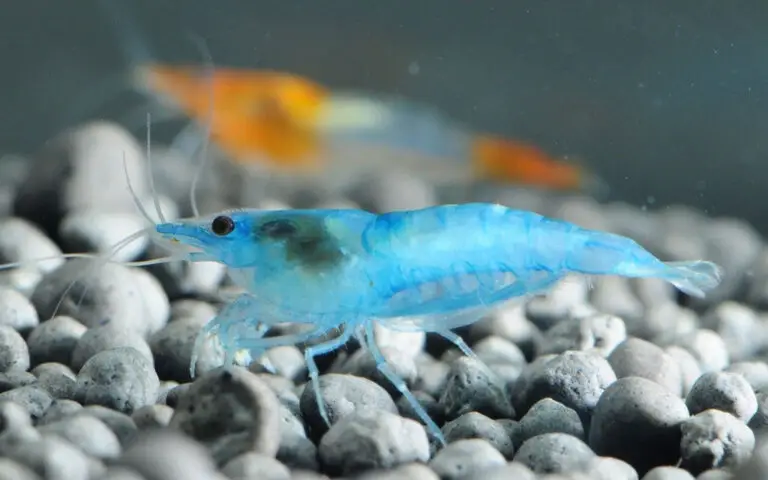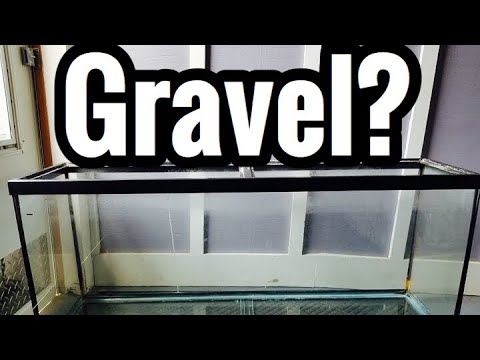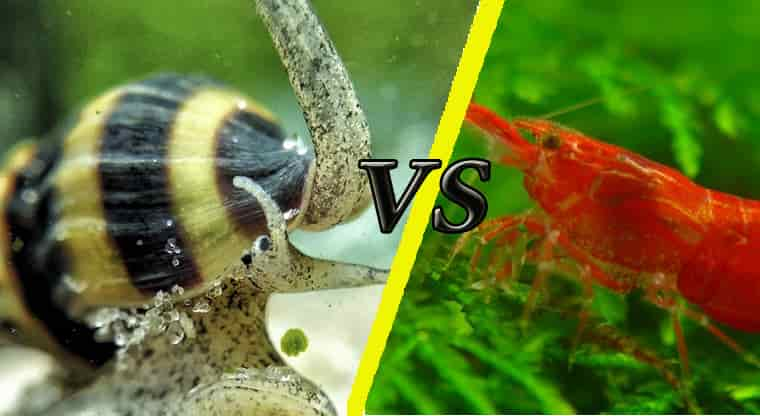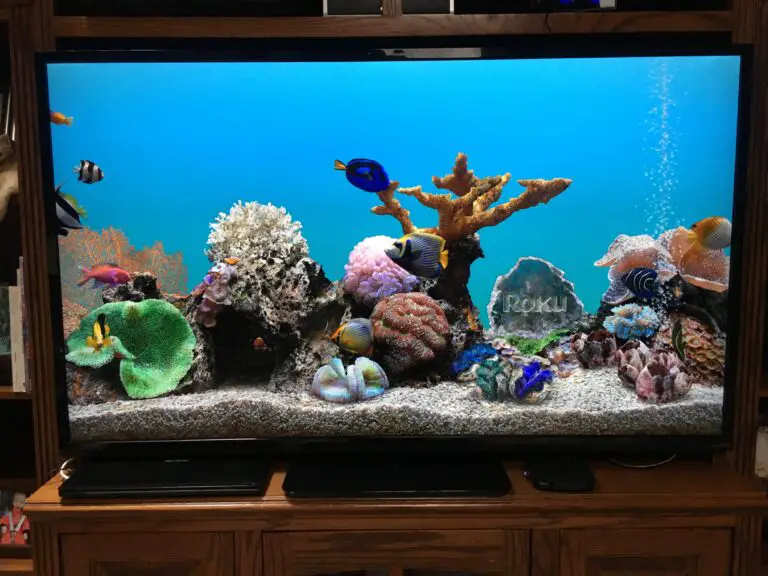Floating Plants for Freshwater Aquarium
Floating plants in freshwater aquariums are a great way to add variety, color and interest to an aquarium. They also provide shade for fish and other aquatic life, as well as oxygenate the water. Floating plants come in a range of sizes and colors that can be used to create stunning displays.
These include species like duckweed, hornwort, frogbit and Salvinia which all have different shapes, textures and vibrant colors. Some floating plants will even produce flowers when kept under ideal conditions! With proper care these delicate plants can really make your aquarium stand out from the rest!
Floating plants are an essential part of any freshwater aquarium. Not only do they provide additional cover for fish and other aquatic creatures, but they also promote a healthier environment for them to thrive in by filtering out pollutants from the water. Floating plants can be placed on top of the water’s surface or hung from the sides of your tank, adding texture and dimension to your underwater world.
They come in a variety of shapes and sizes, allowing you to customize your look and feel as desired. Adding floating plants is an excellent way to give your aquarium a vibrant new look that will bring life and color into any space!
Aquarium Floating Plant Ring
An aquarium floating plant ring is an excellent way to add a decorative touch to your fish tank without taking up any floor space. It provides a steady flow of oxygen and nutrients to aquatic plants, while simultaneously creating visual interest with its eye-catching design. This type of accessory helps keep the water in balance by absorbing excess nitrogen and other potentially harmful substances that can build up in aquariums over time.
The best part? Floating plant rings come in all shapes and sizes, so you’re sure to find one that perfectly complements your underwater decor!
Duckweed Floating Aquarium Plants
Duckweed is a popular floating aquarium plant that provides shade and oxygen to your tank. It grows quickly and easily, absorbing nutrients from the water column. Duckweed can be used as a food source for small fish species or as an aesthetic addition to your tank’s décor.
Although it does not require any special lighting or other care requirements, having too much duckweed in your tank can lead to poor water quality due to its fast growth rate, so regular maintenance is important.
Duckweed Aquarium
Duckweed aquariums are becoming increasingly popular in the home aquarists world. Duckweed is a floating plant that can provide great benefits to your tank, including creating shade for your fish and providing oxygen for them to breathe. It’s also an excellent food source for many species of fish and is easy to maintain due to its fast growth rate.
Additionally, duckweed helps keep algae levels down which reduces maintenance time on your aquarium. With its vibrant green color, duckweed can be a beautiful addition to any tank!
Floating Aquatic Plants Examples
Floating aquatic plants are a group of plant species that live in water and take root in the substrate. They can be free-floating, like duckweed, or anchored to the bottom, such as water lettuce. These plants provide oxygen for fish and other organisms, help maintain water clarity, reduce algae growth and improve overall water quality.
By adding floating aquatic plants to your pond or aquarium you will create an attractive natural environment for both fish and humans alike!
Floating Aquarium Plants for Betta
Floating aquarium plants are a great way to add natural beauty and oxygenation to your Betta’s tank. Floating plants like Duckweed, Frogbit, and Water Lettuce provide hiding places for your fish, as well as reducing algae growth by competing with it for light and nutrients. They also act as filter media by trapping debris in their root systems.
Not only do they look beautiful floating on the surface of the water, but they help create a healthier environment for your Betta.
Red Root Floating Plants
Red root floating plants are one of the most popular aquatic plants used in aquariums and ponds. They have a unique ability to provide shade and shelter for fish, while also providing oxygenation of the water. Red root floaters can be grown both submerged or emersed in water, making them highly versatile in a variety of tank environments.
They can tolerate a wide range of pH levels and temperatures as well, so they are an excellent choice for any freshwater aquarium or pond setup!
Floating Aquarium Plants Online
Floating aquarium plants are a great way to add color and life to your tank. They provide food and shelter for fish, while also helping with water balance. Shopping online is the easiest way to find floating aquarium plants, as you can browse through hundreds of species right at home.
You’ll also save time and money by avoiding trips to pet stores, where prices may be higher or selection more limited. With a few clicks on the internet, you can get exactly what you need for your tank in no time!
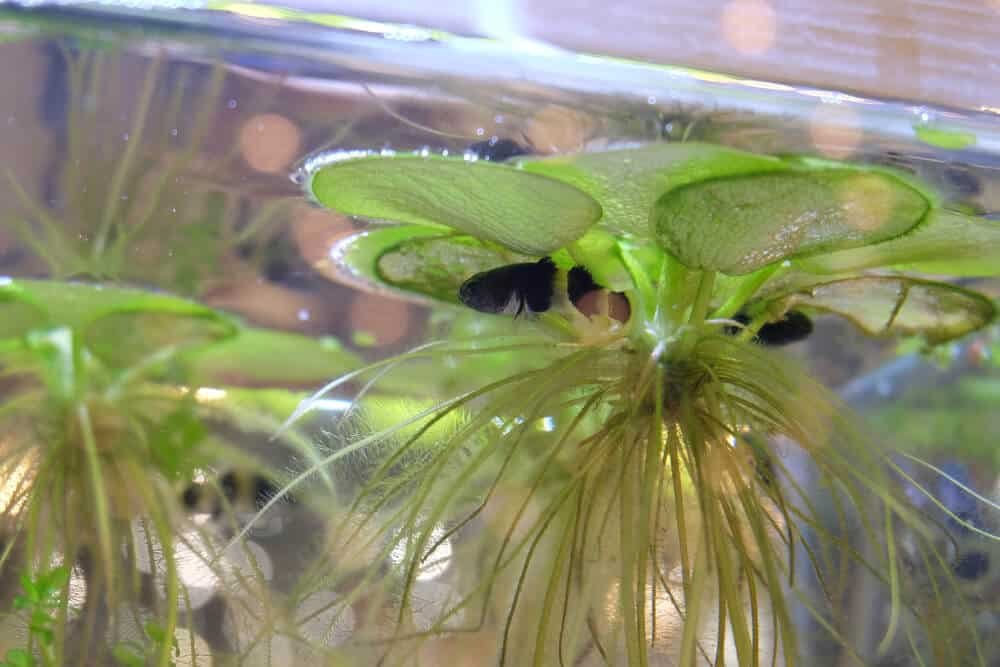
Credit: www.fishkeepingadventure.com
Are Floating Plants Good for Aquarium?
Floating plants are a great addition to any aquarium, as they provide numerous benefits both aesthetically and biologically. From an aesthetic standpoint, floating plants can create shade in the aquarium which reduces glare from lights, making the tank look more natural and inviting. They also add visual interest by providing contrast against other aquatic elements such as rocks or gravel.
On a biological level, floating plants act as cover for fish and offer respite from predators. Additionally, they absorb excess nutrients that would otherwise contribute to algae growth. Floating plants also utilize light in photosynthesis just like rooted ones do while creating oxygen levels beneficial to all aquatic life forms including fish and invertebrates.
Lastly, floating plants can reduce stress-related diseases by offering a refuge for shy species of fish or those who need some time away from aggressive tank mates. All things considered, it is clear that adding floating vegetation to your aquarium is sure to be beneficial!
What is the Easiest Floating Aquarium Plant?
The easiest floating aquarium plant is one that does not require a lot of maintenance and can thrive in most aquariums. Hornwort (Ceratophyllum demersum) is an excellent floating choice for aquarists who are looking for low-maintenance plants. It requires little to no fertilizer, and it grows quickly when exposed to light.
Its fibrous roots make it ideal for absorbing excess nutrients from the water column, which helps keep your tank clean and clear. Hornwort also provides shelter and hiding places for fish, as well as providing oxygenation to the water column during photosynthesis. Additionally, its bright green color adds aesthetic value to any tank.
In summary, hornwort is an easy-to-care-for aquatic plant that can be grown with minimal effort while still providing many benefits to your aquarium’s ecosystem!
Are Floating Plants Worth It?
Floating plants are a great way to add vibrant colors, texture, and movement to your aquarium. They provide oxygenation for the water as well as food and shelter for fish. Additionally, they can absorb some of the toxins produced by fish waste thus helping keep your tank healthier.
Floating plants also help reduce algae growth because they use nutrients in the water before it is taken up by algae. Lastly, floating plants create an aesthetically pleasing environment that can be enjoyed both inside and outside of the tank. All in all, floating plants are definitely worth considering if you’re looking to spruce up your aquarium or simply add another layer of beauty and life to it!
How Do You Control Floating Aquarium Plants?
Floating aquarium plants can provide an interesting and unique look to your tank, however they also need proper care in order to keep them healthy. Floating plants are free-floating and do not attach themselves to surfaces like other rooted aquatic plants. Therefore it is important for the hobbyist to take measures so that the floating plant does not clump together or move around too much within the aquarium.
One way you can control floating aquarium plants is by adding weights such as small rocks, a piece of driftwood or a suction cup with weights attached on one side to anchor down the plant. Make sure that whatever you use won’t damage any animals in your tank when anchoring down your floating aquaticplant. Another option is using mesh bags filled with substrate which will help weigh down the plant but still allow some movement of water through it and oxygen exchange at its roots.
Lastly, there are specially designed clips specifically made for attaching floating plants onto decorations in your aquarium which have proven successful over time!
Top 5 Floating Plants to Get Rid of Algae in Your Aquarium
Conclusion
In conclusion, floating plants are an excellent addition to any freshwater aquarium. Not only do they provide a natural and aesthetically pleasing look, but they also help keep the water clean and balanced by providing shade, oxygenating the water, and absorbing nutrients. Floating plants are easy to care for and can often be acquired inexpensively or even harvested from your own backyard pond.
With so many benefits at such low cost, it’s no wonder why these aquatic beauties have become such popular additions in both home aquariums as well as professional installations.
